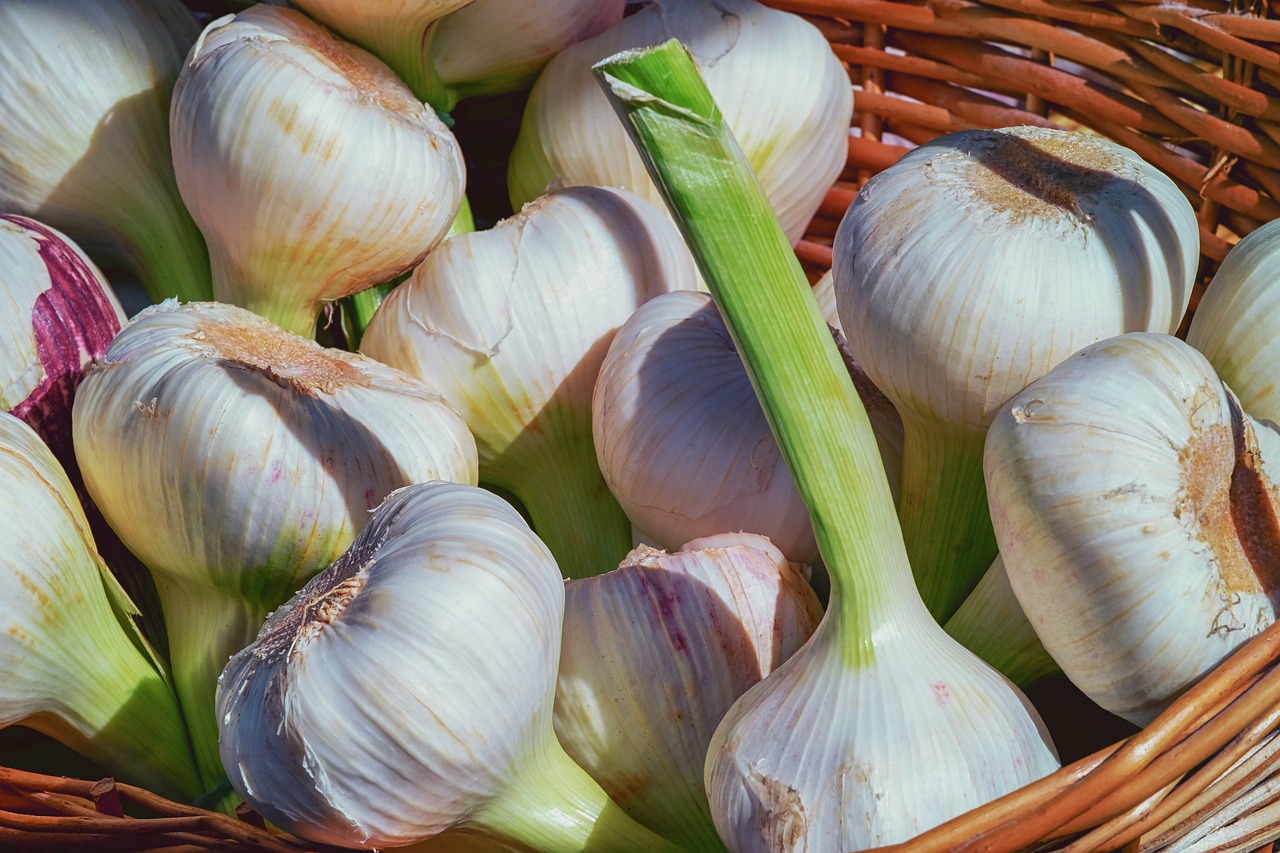The Science of Sourdough: Exploring the Fermentation Process
Sourdough bread holds a rich history that dates back thousands of years. Ancient civilizations, such as the Egyptians, Greeks, and Romans, are known to have utilized wild yeast from the environment to create naturally leavened bread. The process of fermenting dough with wild yeast cultures not only provided leavening agents for bread but also contributed to its unique flavor profile.
As human societies progressed, the tradition of sourdough baking continued to evolve and spread across different regions of the world. During the Gold Rush era in the United States, sourdough bread became a staple food for miners and settlers in the West. Its durability, tangy taste, and the ability to be easily maintained without commercial yeast made it a practical choice for pioneers living in harsh conditions. Today, sourdough bread remains a beloved and timeless part of culinary traditions worldwide.
How Sourdough Starter is Made
A sourdough starter is a simple yet essential component in the creation of sourdough bread. To make a sourdough starter, all you need is flour and water. The process begins by mixing equal parts of flour and water in a clean container.
The mixture is then left at room temperature, allowing the natural yeasts present in the environment to colonize the mixture. Over the course of several days, this mixture will begin to ferment, producing bubbles and developing a distinct sour aroma. Regular feeding of the starter with more flour and water helps to maintain a healthy and active culture, ready to be used in baking delicious sourdough bread.
The Role of Yeast in the Fermentation Process
Yeast is a crucial player in the fermentation process of sourdough bread. This single-celled organism consumes sugars in the dough and produces carbon dioxide and alcohol as byproducts. The carbon dioxide is what causes the dough to rise, resulting in the light and airy texture that is characteristic of sourdough bread.
Additionally, yeast plays a vital role in developing the flavor profile of sourdough. As the yeast ferments the sugars in the dough, it creates various compounds that contribute to the complex and tangy flavor of sourdough bread. The longer the fermentation process, the more pronounced the flavor becomes, as the yeast continues to break down sugars and produce flavorful compounds.





